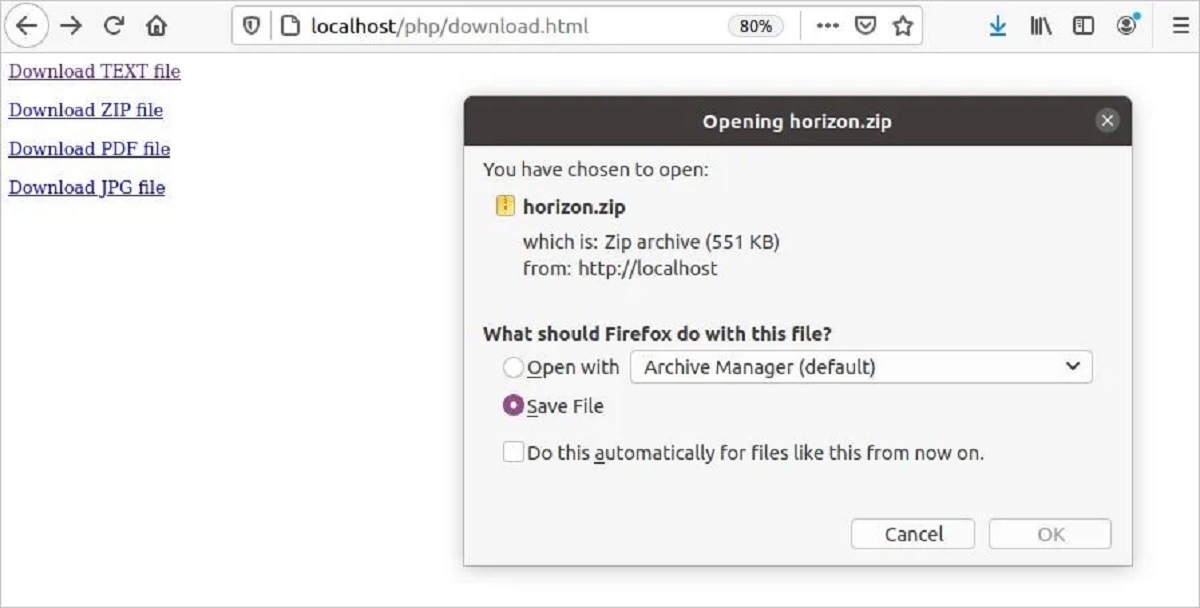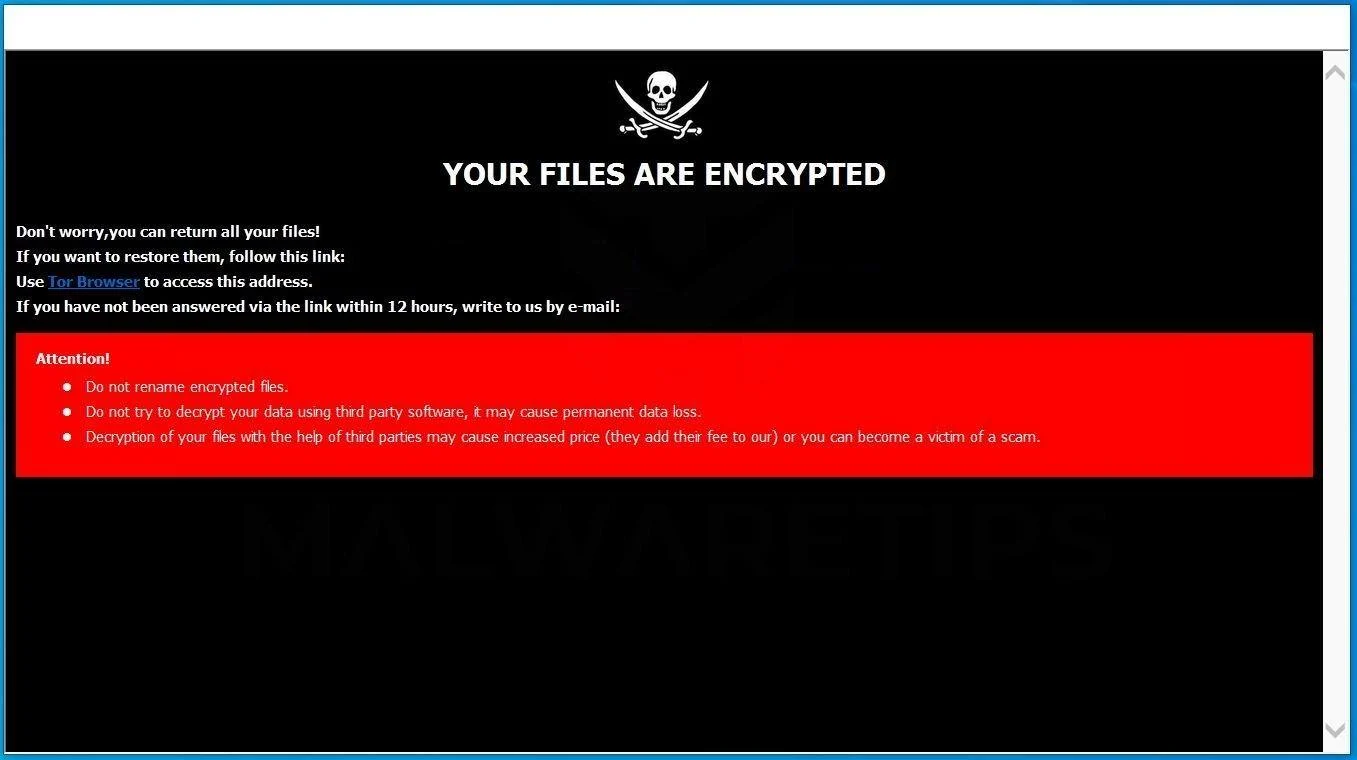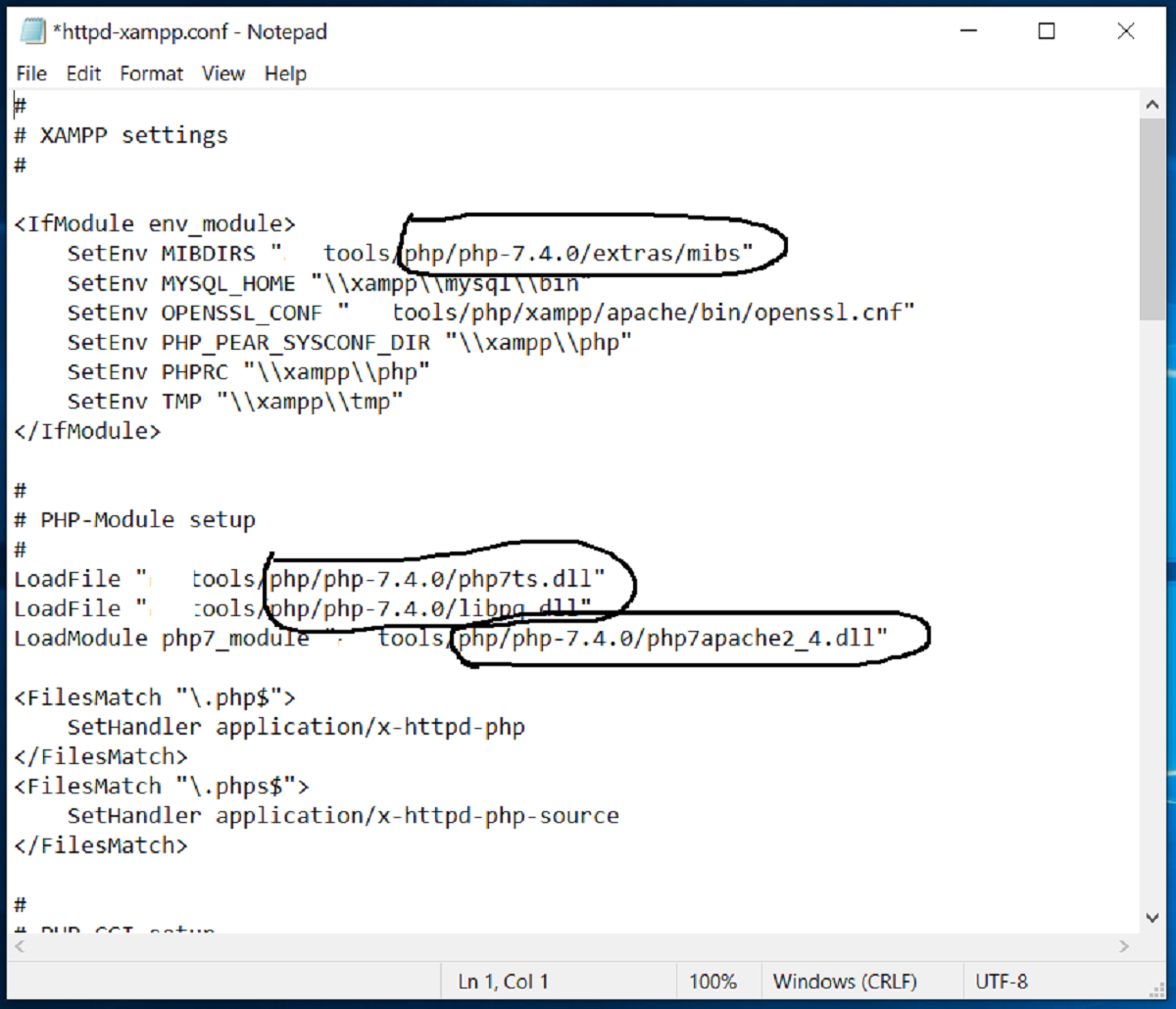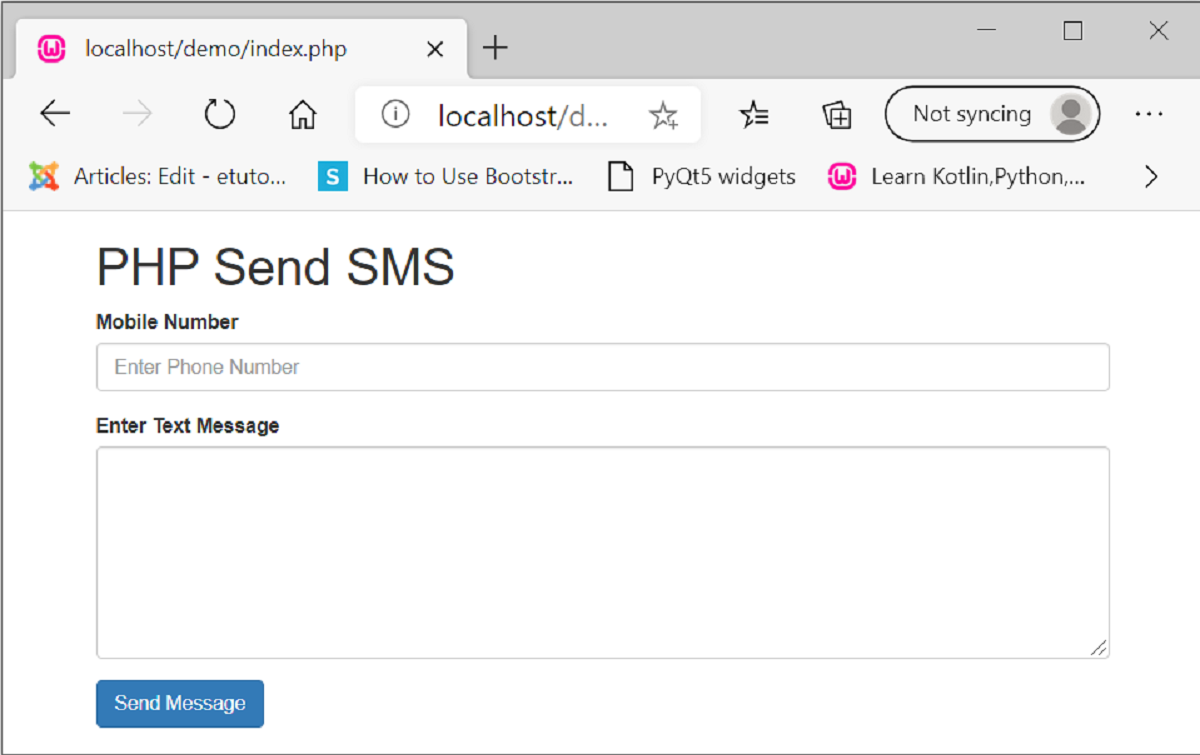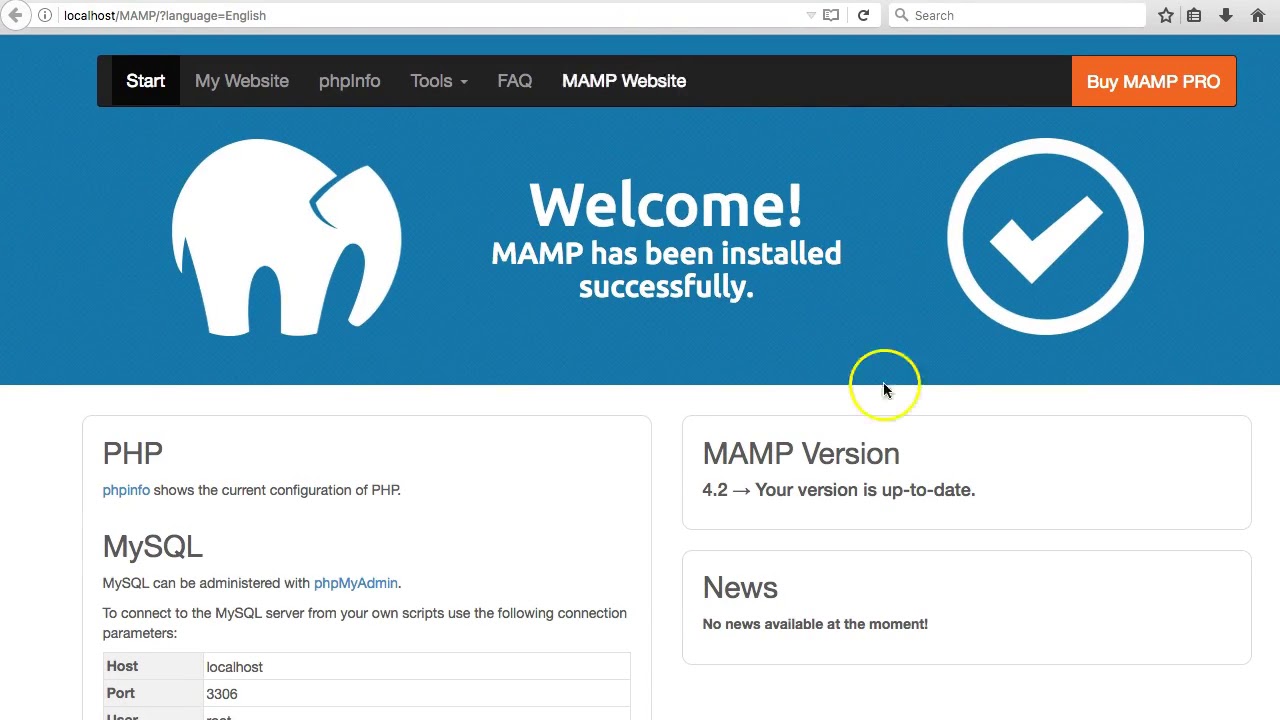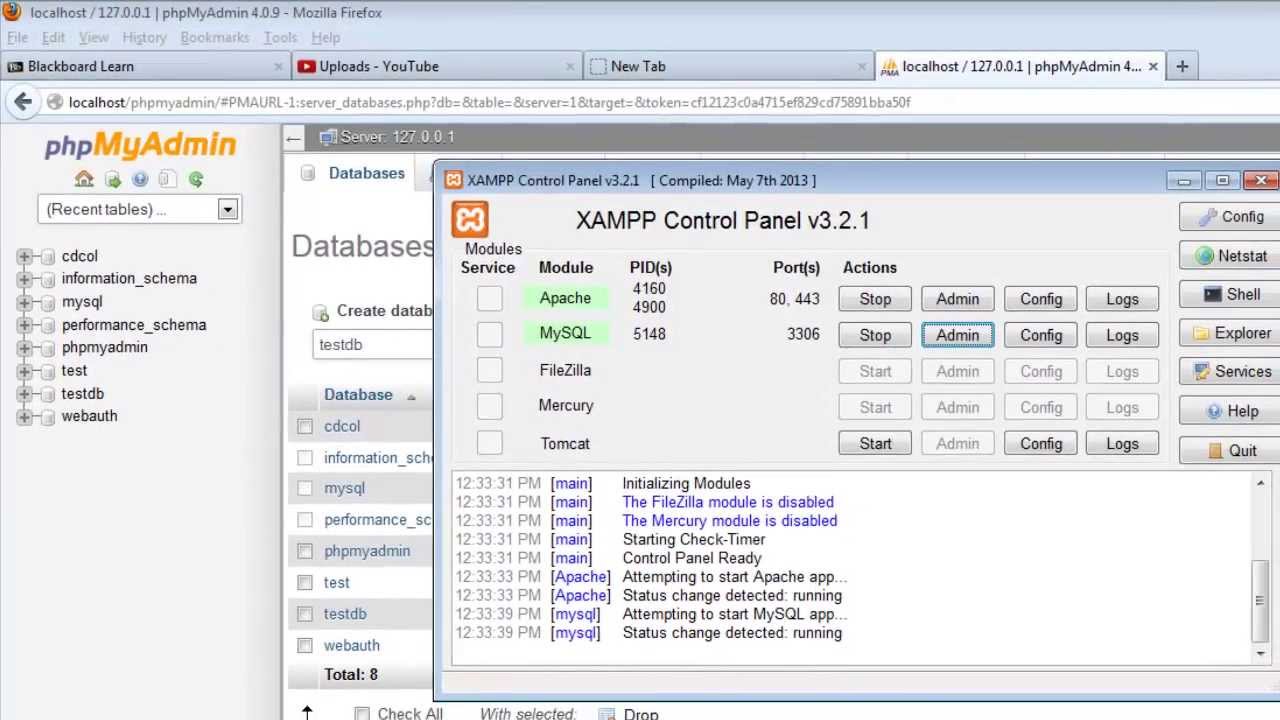Introduction
Welcome to the world of web development, where creating dynamic and interactive websites is the norm. One common task that developers often encounter is making files downloadable for users. Whether it’s PDFs, images, or documents, providing a seamless download experience is crucial for any website that offers file resources.
In this article, we will explore how to make a file downloadable in PHP. We will walk through the process step-by-step, from setting up the file download functionality to handling the download request and sending the correct headers to the browser. By the end of this article, you will have a comprehensive understanding of how to implement file downloads in your PHP projects.
To follow along with this tutorial, you will need basic knowledge of PHP programming and a development environment set up for PHP. If you’re new to PHP or need help setting up your environment, consider referring to the PHP documentation or online resources to get started.
So, without further ado, let’s dive into the fascinating world of file downloads in PHP and learn how to enhance user experience by enabling seamless access to downloadable content on your website.
Setting up the File Download
Before we can make a file downloadable in PHP, we need to ensure that the file is accessible and stored in a suitable location on the server. This serves as the foundation for our file download functionality. Follow these steps to set up the file download:
- Choose the file storage location: Determine where you want to store the files that users can download. Create a dedicated directory on your server, such as “downloads,” to keep all the downloadable files organized.
- Upload the files: Using FTP or any other method, upload the files you want to make downloadable to the designated directory. Ensure that the file permissions allow the web server to read and access these files.
By completing these simple steps, you have successfully set up the foundation for making your files downloadable in PHP. Now, it’s time to move on to creating the download button.
Creating the Download Button
Once you have set up the file storage and uploaded the files, the next step is to create a download button that users can click to initiate the download process. Follow these steps to create the download button:
- Create an HTML button element: In your HTML file, create a button element with a suitable ID or class attribute. This will serve as the download button that users will interact with.
- Add JavaScript event listener: In your JavaScript file or script tag, add an event listener to the download button. This event listener will handle the click event and trigger the file download process.
- Inside the event listener function: Within the event listener function, you need to perform an AJAX request to the server to initiate the file download process. You can use the fetch API or any other AJAX method to send a request to the PHP script that handles the file download.
By creating the download button and implementing the necessary JavaScript event listener, you have completed a major step in enabling the file download functionality. The next section will focus on how to handle the file download request and establish a connection with the server.
Handling the File Download Request
Once the user clicks the download button, we need to handle the download request on the server-side using PHP. This involves establishing a connection between the client and the server to initiate the file download. Follow these steps to handle the file download request:
- Create a PHP script: Create a new PHP script file, such as “download.php,” which will handle the file download request.
- Retrieve the file name: Within the PHP script, use the appropriate method to retrieve the file name from the request. This can be done by accessing the query parameters or through the POST data, depending on how you implemented your download button.
- Validate and sanitize the file name: It is essential to validate and sanitize the file name to ensure it does not contain any malicious code or unwanted characters. Use PHP functions like
filter_var()andbasename()to validate and sanitize the file name, respectively. - Set the file path: After validating the file name, set the file path by concatenating the file name with the directory path where your downloadable files are stored. Ensure that the file exists at the specified path to avoid any errors during the download process.
By successfully handling the file download request, you have completed a fundamental aspect of the file download functionality. The next step is to send the correct headers to the browser to ensure a smooth download experience.
Sending the Correct Headers
When initiating a file download in PHP, it is crucial to send the correct headers to the browser. Headers provide instructions to the browser on how to handle the response from the server. Follow these steps to send the correct headers for a seamless file download:
- Set the content type header: Using the
header()function in PHP, set the content type header to the appropriate MIME type for the file being downloaded. This informs the browser of the file type and helps it handle the file correctly. - Set the content disposition header: To prompt the browser to download the file instead of displaying it in the browser window, set the content disposition header to “attachment” and include the filename in the header. This ensures that the file is treated as an attachment and is downloaded instead of being opened directly.
- Set the content length header: Optionally, you can set the content length header to inform the browser of the file’s size in bytes. This provides the browser with information on the file’s total size and helps estimate the download time.
By sending the correct headers, you are actively enhancing the file download experience for your users. Now, let’s move on to processing the file download itself.
Processing the File Download
After handling the request and sending the correct headers, it’s time to process the file download itself. This involves reading the file from the server and sending it to the user’s browser. Follow these steps to process the file download in PHP:
- Open the file: Use the
fopen()function to open the file in read mode. It’s important to ensure that the file exists and can be opened successfully before proceeding with the download. - Read the file: Using functions like
fread()orfpassthru(), read the file contents and store them in a buffer or directly send them to the output stream. This step allows the file data to be sent to the user’s browser. - Close the file: Once the file has been read, close the file using the
fclose()function to free up system resources.
By successfully processing the file download, you have completed the final step in making files downloadable in PHP. Congratulations! Your users can now seamlessly download files from your website.
In this article, we have explored the process of making files downloadable in PHP. Starting with setting up the file storage, creating the download button, handling the download request, sending the correct headers, and finally processing the file download, we have covered all the essential steps to implement file downloads in PHP.
Remember, when working with file downloads, it is crucial to always validate user inputs, sanitize file names, and ensure the security of your server. With these practices in place, you can offer a secure and reliable file download experience for your users.
Conclusion
Congratulations! You have successfully learned how to make a file downloadable in PHP. By following the step-by-step process outlined in this article, you can now enable users to download files from your website effortlessly.
We started by setting up the file storage location and ensuring that the files are uploaded and accessible on the server. Then, we moved on to creating a download button that users can click to initiate the download process. The event listener and AJAX request allowed us to connect with the server and handle the file download request on the server-side.
By sending the correct headers, we informed the browser about the file type and instructed it to download the file instead of displaying it. Finally, we processed the file download by opening and reading the file on the server, and then sending it to the user’s browser.
Remember, as you implement file download functionality on your website, it is also essential to consider security measures. Validate and sanitize user inputs, ensure appropriate file permissions, and use secure file storage practices to prevent unauthorized access to sensitive information.
Now that you have grasped the process of making files downloadable in PHP, you can enhance user experience on your website by providing seamless access to valuable resources. So go ahead, implement these techniques, and offer your users the convenience of downloading files with just a click of a button!







